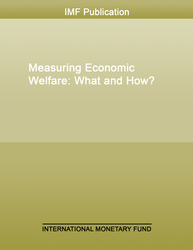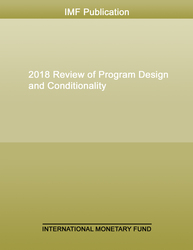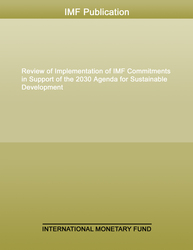
Measuring Economic Welfare: What and How?
Measuring Economic Welfare: What and How?
READ MORE...
Volume/Issue:
Volume 2020
Issue 028
Publication date: May 2020
ISBN: 9781513544588
$0.00
Add to Cart by clicking price of the language and format you'd like to purchase
Available Languages and Formats
| English |
Prices in red indicate formats that are not yet available but are forthcoming.
Topics covered in this book
This title contains information about the following subjects.
Click on a subject if you would like to see other titles with the same subjects.
Economics- Macroeconomics , PP , consumer surplus , consumption deflator , household income , expenditure deflator , GDP deflator , household expenditure survey data
Also of interest
Summary
Calls for a more people-focused approach to statistics on economic performance, and concerns about inequality, environmental impacts, and effects of digitalization have put welfare at the top of the measurement agenda. This paper argues that economic welfare is a narrower concept than well-being. The new focus implies a need to prioritize filling data gaps involving the economic welfare indicators of the System of National Accounts 2008 (SNA) and improving their quality, including the quality of the consumption price indexes. Development of distributional indicators of income, consumption, and wealth should also be a priority. Definitions and assumptions can have big effects on these indicators and should be documented. Concerns have also arisen over potentially overlooked welfare growth from the emergence of the digital economy. However, the concern that free online platforms are missing from nominal GDP is incorrect. Also, many of the welfare effects of digitalization require complementary indicators, either because they are conceptually outside the boundary of GDP or impossible to quantify without making uncertain assumptions.
Copyright © 2010 - 2024
Powered by:
AIDC



